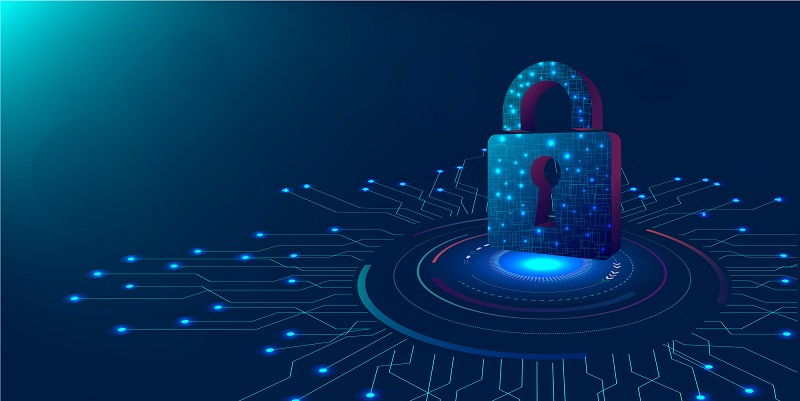In today’s digital landscape, organizations face an ever-evolving array of cybersecurity threats. Modern threat actors continually develop new tactics, techniques, and procedures (TTPs) to breach security defenses. To safeguard your organization from these security risks, it is crucial to stay up-to-date with the latest strategies for protection. In this article, we delve into the most commonly observed TTPs in ransomware and extortion, as identified by security experts from Unit 42™. They have analyzed incident response case data and mapped it to the MITRE ATT&CK® framework. Alongside actionable recommendations, we provide insights and advice to guide your organization in implementing effective security strategies.
Understanding the Latest Threats
To effectively combat cyber threats, it is essential to comprehend the evolving Tactics, Techniques, and Procedures (TTPs) employed by modern threat actors. These TTPs encompass various methods and strategies that threat actors utilize to compromise security. By analyzing incident response case data, organizations gain valuable insights into the patterns and techniques employed by cybercriminals. This comprehensive understanding allows for proactive defense and timely response to potential threats.
Unveiling Common TTPs in Ransomware and Extortion
Security experts from Unit 42™ have critically examined incident response case data to identify the most commonly observed tactics, techniques, and procedures (TTPs) in ransomware and extortion. Through this analysis, they have mapped the identified TTPs to the MITRE ATT&CK® framework, providing a structured approach to understanding and countering cyber threats. This mapping enables organizations to align their defense strategies with the specific TTPs utilized by threat actors.
Actionable Recommendations for Protection
Based on the insights gleaned from incident response case data, we provide actionable recommendations to help organizations bolster their security measures. These recommendations are rooted in real-world experiences and are designed to be practical and effective. By implementing these recommendations, organizations can proactively combat cyber threats and enhance their overall security posture.
The overview of common capabilities in the MITRE ATT&CK Framework
The MITRE ATT&CK framework categorizes threat actor capabilities into specific techniques and tactics. By exploring the most frequently observed capabilities within this framework, organizations gain a better understanding of the potential tactics employed by threat actors. This understanding can guide organizations in prioritizing their defense efforts and implementing appropriate countermeasures.
Guiding Strategy with Insights and Advice
The insights and advice derived from incident response case data form the foundation for shaping effective security strategies. Armed with these insights, organizations can create a comprehensive defense plan that considers the evolving threat landscape. It is crucial to recognize that cyber threat actors are continuously refining their strategies, and organizations must remain adaptable and vigilant to effectively counter these evolving threats.
In today’s dynamic and ever-evolving threat landscape, it is imperative for organizations to stay updated with the latest protection strategies. By understanding the constantly changing tactics, techniques, and procedures adopted by modern threat actors, organizations can strengthen their security defenses. Through the analysis of incident response case data and mapping it to the MITRE ATT&CK framework, security experts provide actionable insights and recommendations for effectively combating cyber threats. By consistently implementing these strategies and staying on top of emerging trends, organizations can stay one step ahead of threat actors and safeguard their digital assets. Remember, in the realm of cybersecurity, vigilance is the key to success.

